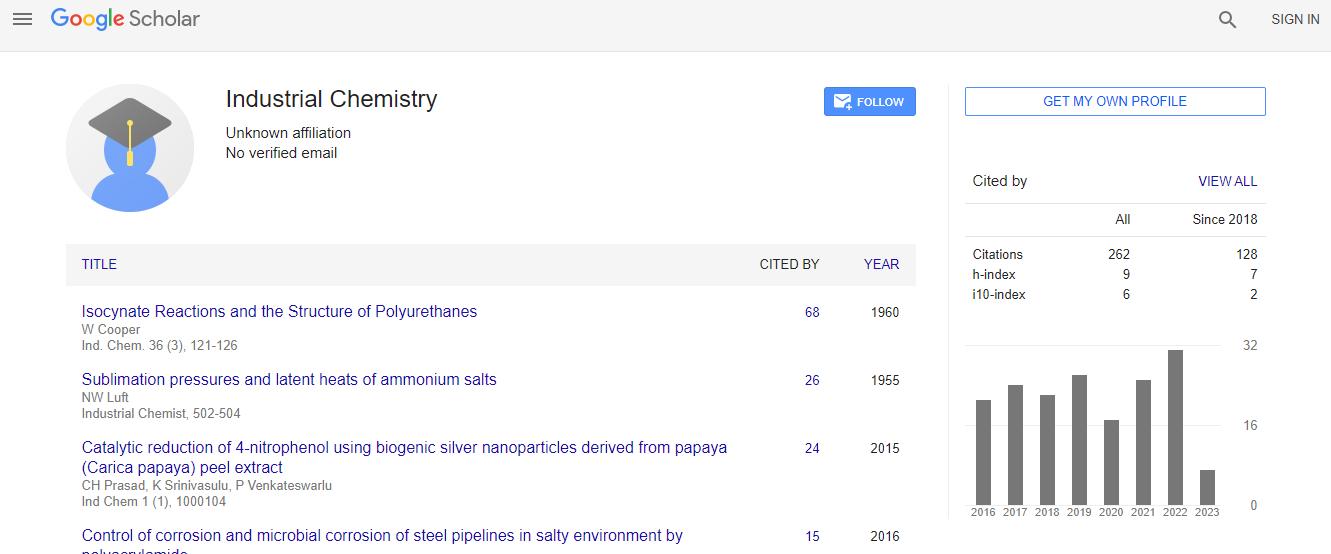Research Article
Optimization of Biosorption of Reactive Blue 222 by Dead Biomass of Rhizopus arrhizus NCIM997 Using Response Surface Methodology
Sukhada Saraf* and Varsha K Vaidya
The Institute of Science, Madam Cama Road, Mumbai, Maharashtra, India
- *Corresponding Author:
- Sukhada Saraf
The Institute of Science
Madam Cama Road
Mumbai-400 032, Maharashtra, India
Tel: +919969574411
E-mail: saraf_sukhada@yahoo.co.in
Received date: February 25, 2016; Accepted date: March 14, 2016; Published date: March 19, 2016
Citation: Saraf S, Vaidya VK (2016) Optimization of Biosorption of Reactive Blue 222 by Dead Biomass of Rhizopus arrhizus NCIM997 Using Response Surface Methodology. Ind Chem 2:118. doi:10.4172/2469-9764.1000118
Copyright: © 2016 Saraf S, et al. This is an open-access article distributed under the terms of the Creative Commons Attribution License, which permits unrestricted use, distribution, and reproduction in any medium, provided the original author and source are credited.
Abstract
The present investigation deals with utilization of dead fungal biomass of Rhizopus arrhizus NCIM 997 as a low-cost biosorbent and optimization of conditions for the removal of Reactive Blue 222 dye from aqueous solution using sequential statistically designed experiments. Plackett - Burman design with six independent variables (pH, concentration of dye, concentration of biosorbent, temperature, speed of agitation and contact time), was used initially to identify the most significant factors influencing biosorption. Path of Steepest Ascent was then used to move towards the vicinity of optimum operating conditions. Central Composite Design at the specified combinations of four significant factors identified by Plackett–Burman Design (pH, concentration of dye, concentration of biosorbent, contact time) and response surface analysis were then adopted to investigate mutual interactions between these variables and to identify their optimal values. The maximum sorption (72.89 mg g-1) was obtained under following conditions: pH 1.5, initial concentration of dye 88 mgL-1, concentration of biosorbent 1.2 gL-1 and contact time 111 min. Validation experiments showed excellent correlation between predicted and experimental values. The fitted quadratic model was used to arrive at the best operating conditions to achieve a maximum response. The sequential optimization was successfully used to increase biosorption by 12.82%.

 Spanish
Spanish  Chinese
Chinese  Russian
Russian  German
German  French
French  Japanese
Japanese  Portuguese
Portuguese  Hindi
Hindi 